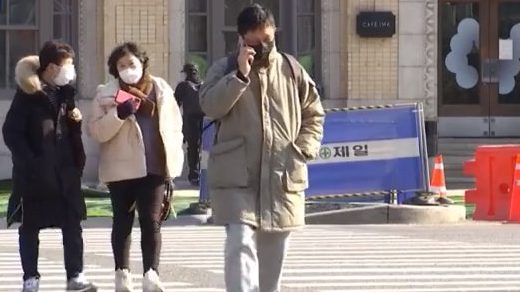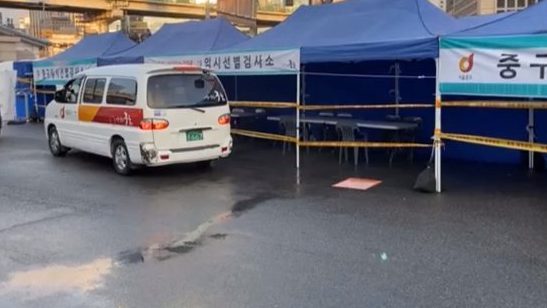The pandemic situation in South Korea has recently deteriorated rapidly. In the past two days, new cases have continued to peak, and collective infections have broken out in many places.
As of 00:00 on the 13th, South Korea’s new cases exceeded 1,000 for the first time in a single day.
South Korean President Moon Jae-in said on the same day that South Korea had encountered the “biggest crisis” since the outbreak of the pandemic.
At present, the pandemic in South Korea is mainly centered on the capital circle to accelerate its spread to the whole country.
At the same time, the number of asymptomatic infections, mainly young people, has increased significantly, and community infections still account for the vast majority of the new cases.
On the same day, South Korean President Moon Jae-in presided over an emergency meeting of the Central Disaster Security Response Headquarters. This is Moon Jae-in’s second chairmanship of the meeting after more than 10 months since the first outbreak of the pandemic in South Korea in Daegu in February this year.
Moon Jae-in said that South Korea has encountered the “biggest crisis” since the emergence of the pandemic. The situation is urgent and there is no way back. If the speed of transmission cannot be controlled, it will inevitably continue to improve the level of pandemic prevention.
At present, the pandemic prevention response level of 2.5 and level 2 is implemented in the capital circle and beyond, respectively.

Moon Jae-in stressed that “we should be tested for the virus quickly.” He said that although large-scale screening will increase the number of confirmed cases, finding infected people as soon as possible and cutting off the spread path is the fundamental way to curb the spread.
In the capital circle with the worst pandemic, from December 14 to January 6 next year, 150 screening stations will be added to subway stations, school periphery and other places for free testing.
It is planned to implement faster methods based on saliva testing, and the results are expected to be produced within 2 hours at the earliest.

South Korea’s Ministry of Health and Welfare previously announced that it had ordered 34 million doses of COVID-19 vaccine from overseas pharmaceutical companies, and ensured 10 million doses of vaccine through the COVID-19 vaccine guarantee mechanism, thus enabling about 88% of the country’s population to be vaccinated.
According to South Korean media reports, it is expected that from February to March 2021, South Korea will introduce vaccines in batches and start vaccinations, but the first vaccine to be introduced and the specific vaccination time have not yet been determined.



